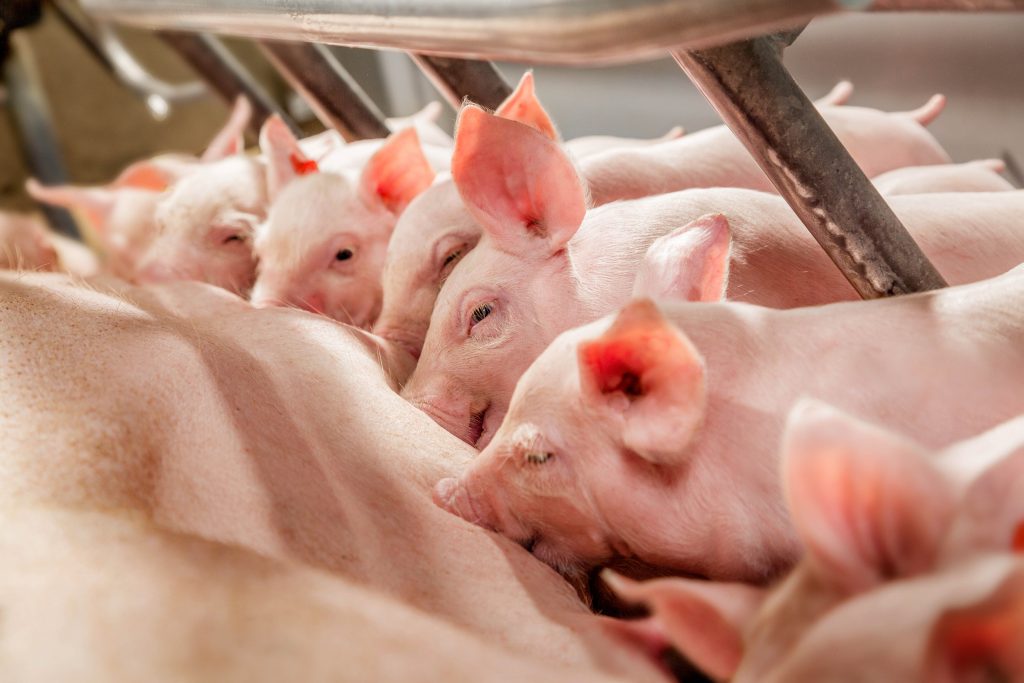New sow feed helps to reduce stillbirths, trials show
6th January 2020
UK trials have shown a new sow feed can improve piglet birth weights and reduce the number of stillbirths when added to transition and lactating sow diets.
UK trials have shown a new sow feed can improve piglet birth weights and reduce the number of stillbirths when added to transition and lactating sow diets.
Cargill launched the feed, LivaPig, in the UK this month.
Trials showed the proportion of stillbirths was reduced by 2.4 per cent and birth weights improved when the feed was added to the diet, at a one per cent inclusion rate, from 5-7 days before farrowing and until weaning.
The number of pigs weaned per litter rose by 0.5, equating to an extra 1.2 pigs per sow per year, according to Cargill.
Technical pig specialist Maisie Lord said piglet losses before weaning is a growing problem:
“Sow productivity continues to increase, and litter sizes are getting larger. But the proportion of the litter reaching weaning age is decreasing.
“Stillborn piglets account for between three and eight per cent of total born piglets, and pre-weaning mortality ranges from 10 per cent to 20 per cent. Eighty per cent of these losses are in the first three days after birth.
“Stillbirths and preweaning mortality accounts for significant economic loss in our pig herds, and it goes against the drive to improve welfare and performance standards.”
LivaPig uses the company’s patented nitric oxide boosting technology, trademarked Proxymum. Naturally present in the blood, nitric oxide is commonly used in food supplements and promotes better flow of blood, nutrients and oxygen.
When fed to sows, LivaPig works by promoting nitric oxide activity and supporting the supply of nutrients and oxygen to the pig in utero, Cargill explained. This reduces asphyxia and boosts piglet vitality and birth weight, while reducing the risk of stillborn piglets and pre-weaning mortality.
The feed has already been introduced to sow diets in Europe, early last year. The most recent field trial data shows the average improvement in liveability to be 3.2 per cent. This is driven by a 1.34 per cent reduction in stillbirths and 1.5 per cent reduction in pre-weaning mortality rates. Results also found that the level of assistance needed during farrowing was halved.
Cargill said the product can give a return on investment of 3:1 if recommended inclusion rates are followed and the product is fed to the sow at least twice a day in the run up to farrowing.
“UK trial results have been in line with those in mainland Europe, and producers in the UK have reported that sows farrow faster, with less farrowing assistance needed,” Maisie added. “Overall, piglets are born with more vitality and also go on to wean heavier.”

